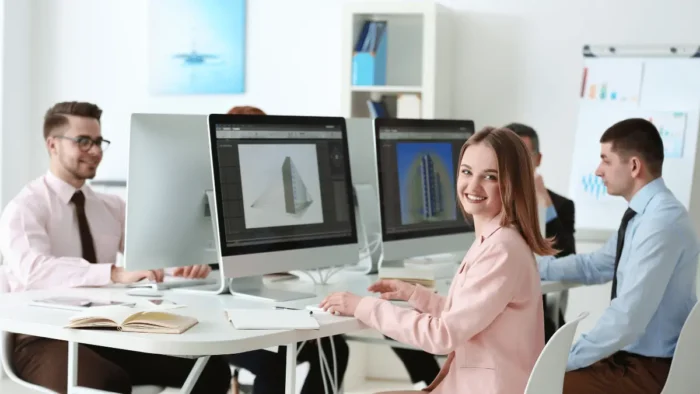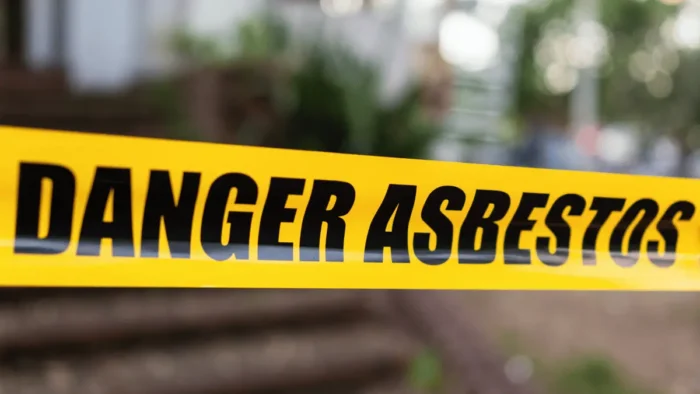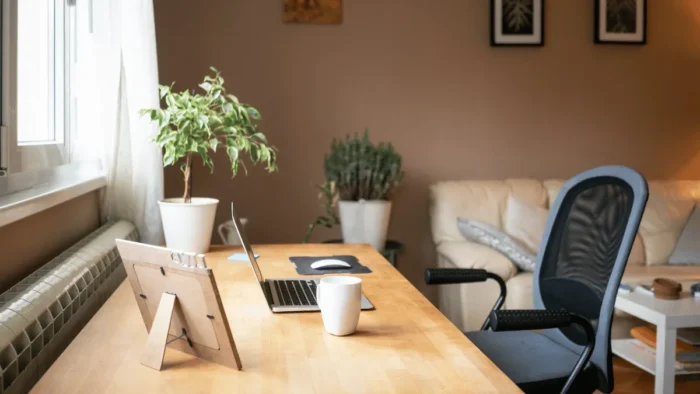Safety is a crucial component in any working environment. By introducing safety measures, your organisation can eliminate, if not minimise, the risks of accidental harms to your workers. The following safety procedure can help in minimising the chances of errors and accidents to create a safe working space:
1. Protect Car Parks
At the place of work, you need to make sure the cars and the car parks stays safe throughout by using bollards. Whether made from plastic or cement, bollards can be used to create a perimeter around the car park to keep the area safe from every other activity taking place. Bollards can also be used in creating a walkway at the centre of the lot, so your employees and guests can work safely to their cars. These lots, if not well secured, can be dangerous because of the high-traffic involved, so they must be protected.
2. Convenient Crossing Points
Most organisations will try and avoid having pedestrian and vehicles sharing workspaces to eliminate or reduce the risks of accidents occurring. Nonetheless, these cases are sometimes unavoidable. In cases where pedestrians and vehicles must cross paths, it will be more reasonable to create designated crossing paths to create a safer environment.
The crossing paths must be well lit, and workers should be instructed to solely utilise these designated tracks when moving around the work environment. Where possible, crossing points should be minimum to allow vehicles to move freely throughout the workspace, especially in the case of a warehouse.
3. Consider Designs with Sufficient Lighting
To ensure safety throughout the work environment, there needs to be sufficient lighting. This can be from an artificial or natural light source. Sufficient lighting is crucial because it allows for safe and productive movement around the workplace. Lighting also enhances the efficiency of employees as they will not need to strain themselves in case of darkness.
Part of establishing a workspace involves determining the right placement of lighting fixtures as well as the kind of fixtures to be installed. During this phase, you need to consider the nature of the work environment, the nature of work to be done, as well as the glare levels in certain areas of work. It is important also to remember that additional light may be required for sections that are considered to be high-risk zones, such as the passageways and crossing paths.
4. Control and Mitigate
You can also ensure a safe working space by eliminating risks present. There are numerous ways of controlling risks. In deciding to implement the control measures, you may need to consult with the employees because they are the people who are often affected by changes in the workplace. Their expertise and experience can help you select the right measures to control risks. Measures in place can include personal protective gear, administrative controls, and safety barriers.
Bottom Line
In any organisation, the safety of employees is usually crucial to its success. It is, therefore, important that heads of organisations implement the best safety measures to ensure employees do not get injured while in their places of work.





